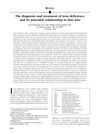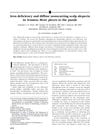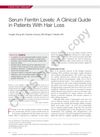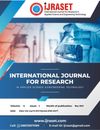Iron-Deficiency Anemia During Childhood
November 2018
in “
Springer eBooks
”
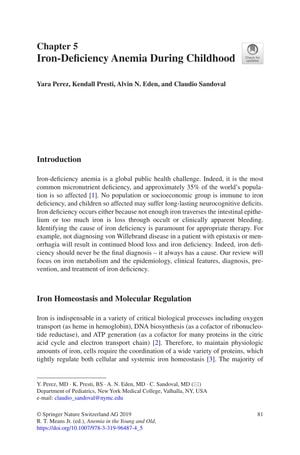
TLDR Children need early diagnosis and treatment for iron-deficiency anemia to prevent learning problems and promote health.
The document from 2018 addresses iron-deficiency anemia (IDA) in children, a condition affecting approximately 35% of the global population and leading to neurocognitive deficits. It outlines the molecular regulation of iron, clinical features, and the importance of early diagnosis and treatment. IDA is diagnosed through a combination of clinical signs and laboratory data, with universal screening recommended by the American Academy of Pediatrics. The document highlights the high prevalence of IDA among toddlers, especially in lower socioeconomic groups, and criticizes inadequate public health strategies, advocating for universal iron supplementation. Oral iron therapy, primarily with ferrous sulfate, is the standard treatment, but due to its side effects, intravenous iron is suggested for children with specific intestinal diseases. A study involving 38 children showed a median hemoglobin increase of 1.9 to 3.1 g/dL with intravenous iron sucrose, and another with 72 children showed an increase from 9.1 to 12.3 g/dL with intravenous ferric carboxymaltose. The recommended oral iron dosage is 3 mg/kg/day, and if there is no response after 1 month, further evaluation or intravenous treatment is suggested, with blood transfusions reserved for severe cases. Identifying the cause of iron deficiency is essential for effective management.
